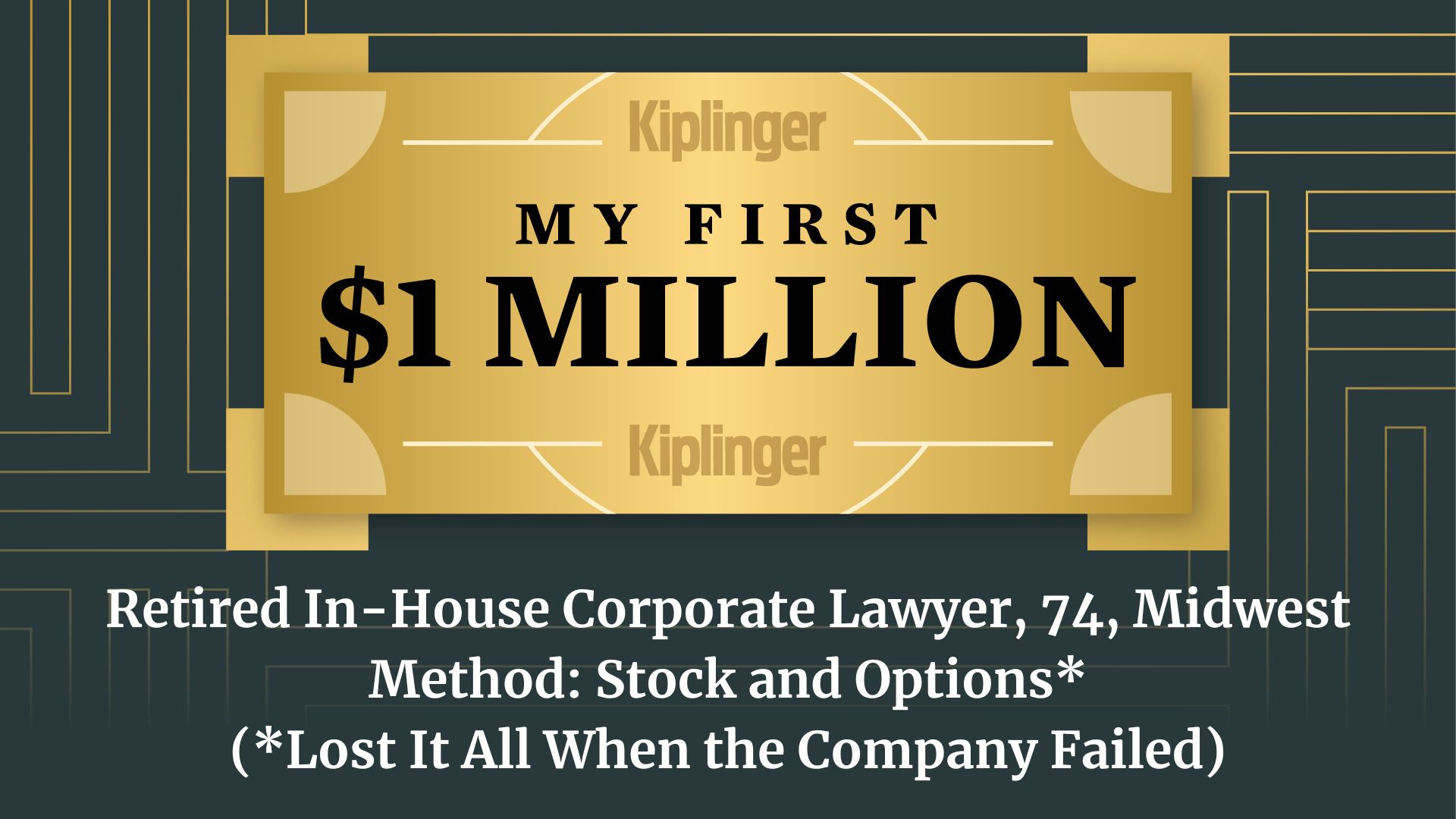Kiplinger Jobs Outlook: A Good September Report Hides Ongoing Weakness
Weak trends in hiring appear to be continuing, but all eyes will be on the October and November jobs reports, to be released together on December 16.

Kiplinger’s Economic Outlooks are written by the staff of our weekly Kiplinger Letter and are unavailable elsewhere. Click here for a free issue of The Kiplinger Letter or to subscribe for the latest trends and forecasts from our highly experienced Kiplinger Letter team.
A pickup of 119,000 jobs in September was the biggest gain in five months. While that quieted recession fears, the previous signs of a hiring slowdown are still present, and will likely continue. September’s gains were narrowly concentrated in health care, leisure and hospitality, and state and local government. Over half of industries are cutting jobs on net. The gains in construction and teaching in September are not likely to last, since these tend to be volatile. The gain in leisure and hospitality benefited from a likely one-time seasonal adjustment to the official data. The unemployment rate has risen for three months in a row, and now stands at 4.4%. While that is still low when compared with historical levels, the rate is likely to continue moving upwards for a while, given the elevated number of corporations announcing layoffs through WARN notices (Worker Adjustment and Retraining) recently. When released on December 16, October data are likely to show a net job loss, given that 100,000 or so federal workers who took buyouts earlier in the year will be removed from the federal job rolls for the first time. The most instructive labor market picture is likely to be reflected in the November data, which will be released at the same time.
The unemployment rate is likely to continue to edge up through the first half of next year, peaking at 4.7% before retreating to 4.5% by year-end 2026. Wage growth was reported in September to be 3.8% at an annual pace, and is expected to slow to 3.5% by the end of the year. Wage growth tends to lag other labor market indicators.
From just $107.88 $24.99 for Kiplinger Personal Finance
Become a smarter, better informed investor. Subscribe from just $107.88 $24.99, plus get up to 4 Special Issues

Sign up for Kiplinger’s Free Newsletters
Profit and prosper with the best of expert advice on investing, taxes, retirement, personal finance and more - straight to your e-mail.
Profit and prosper with the best of expert advice - straight to your e-mail.
Consumer and business uncertainty about the economy will continue to delay hiring plans and should slow future pay gains. Employers often defer hiring when consumers are concerned about losing their jobs, or when businesses don’t know whether there will be a positive return to investing in additional workers. Prior to the tariffs, we expected monthly job growth of about 150,000 new positions to continue. Now, job growth could disappear almost entirely, if enough employers decide to hold off on hiring while they sort out the effects of the new tariffs on both their businesses and the economy as a whole.
The payroll employment release is important to the Federal Reserve for two reasons: First, one of the Fed’s two mandates is to support employment. Second, employment is a more reliable indicator of recession than the initial GDP estimates. The Fed needs accurate employment numbers to tell it when to either step on the gas or hit the brakes by cutting or raising interest rates. While the strong September employment report may keep the Fed on hold for now, the likely reappearance of weakness in the labor market should lead to several Fed rate cuts next year.
Related Content
Profit and prosper with the best of Kiplinger's advice on investing, taxes, retirement, personal finance and much more. Delivered daily. Enter your email in the box and click Sign Me Up.

David is both staff economist and reporter for The Kiplinger Letter, overseeing Kiplinger forecasts for the U.S. and world economies. Previously, he was senior principal economist in the Center for Forecasting and Modeling at IHS/GlobalInsight, and an economist in the Chief Economist's Office of the U.S. Department of Commerce. David has co-written weekly reports on economic conditions since 1992, and has forecasted GDP and its components since 1995, beating the Blue Chip Indicators forecasts two-thirds of the time. David is a Certified Business Economist as recognized by the National Association for Business Economics. He has two master's degrees and is ABD in economics from the University of North Carolina at Chapel Hill.
-
 I'm want to give my 3 grandkids $5K each for Christmas.
I'm want to give my 3 grandkids $5K each for Christmas.You're comfortably retired and want to give your grandkids a big Christmas check, but their parents are worried they might spend it all. We ask the pros for help.
-
 If You're Not Doing Roth Conversions, You Need to Read This
If You're Not Doing Roth Conversions, You Need to Read ThisRoth conversions and other Roth strategies can be complex, but don't dismiss these tax planning tools outright. They could really work for you and your heirs.
-
 Could Traditional Retirement Expectations Be Killing Us?
Could Traditional Retirement Expectations Be Killing Us?A retirement psychologist makes the case: A fulfilling retirement begins with a blueprint for living, rather than simply the accumulation of a large nest egg.
-
 I'm a Financial Planner: If You're Not Doing Roth Conversions, You Need to Read This
I'm a Financial Planner: If You're Not Doing Roth Conversions, You Need to Read ThisRoth conversions and other Roth strategies can be complex, but don't dismiss these tax planning tools outright. They could really work for you and your heirs.
-
 Could Traditional Retirement Expectations Be Killing Us? A Retirement Psychologist Makes the Case
Could Traditional Retirement Expectations Be Killing Us? A Retirement Psychologist Makes the CaseA retirement psychologist makes the case: A fulfilling retirement begins with a blueprint for living, rather than simply the accumulation of a large nest egg.
-
 I'm a Financial Adviser: This Is How You Can Adapt to Social Security Uncertainty
I'm a Financial Adviser: This Is How You Can Adapt to Social Security UncertaintyRather than letting the unknowns make you anxious, focus on building a flexible income strategy that can adapt to possible future Social Security changes.
-
 My Teen Crashed His Car and Now Our Insurance Has Tripled. What Now?
My Teen Crashed His Car and Now Our Insurance Has Tripled. What Now?Dealing with the costly aftermath of a teen car accident is stressful. Here are your options for navigating it.
-
 My First $1 Million: Retired In-House Corporate Lawyer, 74, Midwest
My First $1 Million: Retired In-House Corporate Lawyer, 74, MidwestEver wonder how someone who's made a million dollars or more did it? Kiplinger's My First $1 Million series uncovers the answers.
-
 I'm a Financial Planner for Millionaires: Here's How to Give Your Kids Cash Gifts Without Triggering IRS Paperwork
I'm a Financial Planner for Millionaires: Here's How to Give Your Kids Cash Gifts Without Triggering IRS PaperworkMost people can gift large sums without paying tax or filing a return, especially by structuring gifts across two tax years or splitting gifts with a spouse.
-
 'Boomer Candy' Investments Might Seem Sweet, But They Can Have a Sour Aftertaste
'Boomer Candy' Investments Might Seem Sweet, But They Can Have a Sour AftertasteProducts such as index annuities, structured notes and buffered ETFs might seem appealing, but sometimes they can rob you of flexibility and trap your capital.
-
 AI Stocks Lead Nasdaq's 398-Point Nosedive: Stock Market Today
AI Stocks Lead Nasdaq's 398-Point Nosedive: Stock Market TodayThe major stock market indexes do not yet reflect the bullish tendencies of sector rotation and broadening participation.